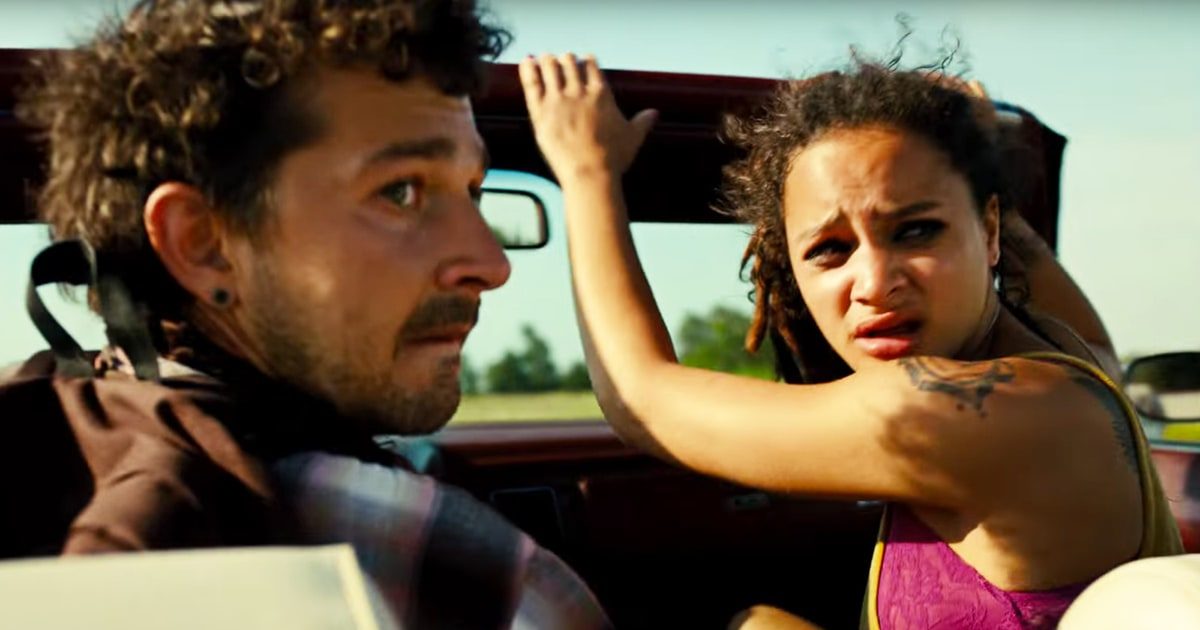

Very few directors have been able to achieve Andrea Arnold’s already blossoming career; Fish Tank and Wuthering Heights have each been captivatingly inventive in an understated and often under-appreciated way. Her first foray into American cinema, American Honey, may be her greatest feature yet. It is a beautiful, sprawling road trip story of Midwest America, deftly capturing the uniqueness of the heartland and the multilayered personas of the millennial generation.
American Honey is a loosely structured, three-hour trek, complete with graphic sex scenes and slow, lingering shots typical of the indie genre. Arnold chose newcomer Sasha Lane (be prepared to see a lot more of her) to play her wandering, questioning heroine named Star, who joins a band of rambling young twenty-somethings who journey around America staying in cheap motels and selling magazine subscriptions. One of these millennials just happens to be Shia LaBeouf, who probably gave a career-best performance as Star’s pony-trailed, suspender-wearing love interest.
Some may be intimated by its nearly three-hour runtime, and may find its use of stereotypical indie clichés pretentious, but for cinephiles and moviegoers willing to put in the effort, American Honey offers viewers an intimate portrayal of Midwest America and millennial culture.
The film starts in Oklahoma, and moves north from there, hitting large, urban cities like Rapid City, South Dakota to rural, poor areas in Minnesota. Arnold portrays each of these areas to their truest form. Rapid City depicts grandiose, luxurious houses filled with good Christians and never-ending lawns. Star meets some older gentlemen during her journey there, who are graced with white cowboy hats and expendable amounts of money. Not soon after, Arnold takes us from this wealthy neighborhood to one that would most likely be considered “white trash,” complete with Mountain Dew and drug-addicted tenants. The contrast between these two is staggering, and Arnold is able to illustrate America’s income gap perfectly without seeming political or preachy.
After the gang arrives in Rapid City, we hear a couple of kids say that they’ve never seen buildings so big, a stark reminder of the world they come from. Arnold often reminds viewers that this band of young adults are aimless and purposeless, much like others stuck in the middle of America. The magazine-selling business gives hope and drive to those who have none, as well as an interim family. When asked what her dream is, Star pauses and looks shocked, responding that she’s never been asked that before. Arnold creates this intimate view of millennials, dancing, singing and driving their way across the country accompanied by the pop and hip-hop hits that they grew up with.
Verdict: 4 out of 5
American Honey may be too far into the indie genre for some to enjoy its three-hour voyage, but it is a remarkable viewing for cinephiles and for those willing to put in the effort. Arnold has created a personal and visceral portrayal of midwest America and the millennials it buries. It appeals to all audiences, but will especially resonate with the millennials it depicts.

